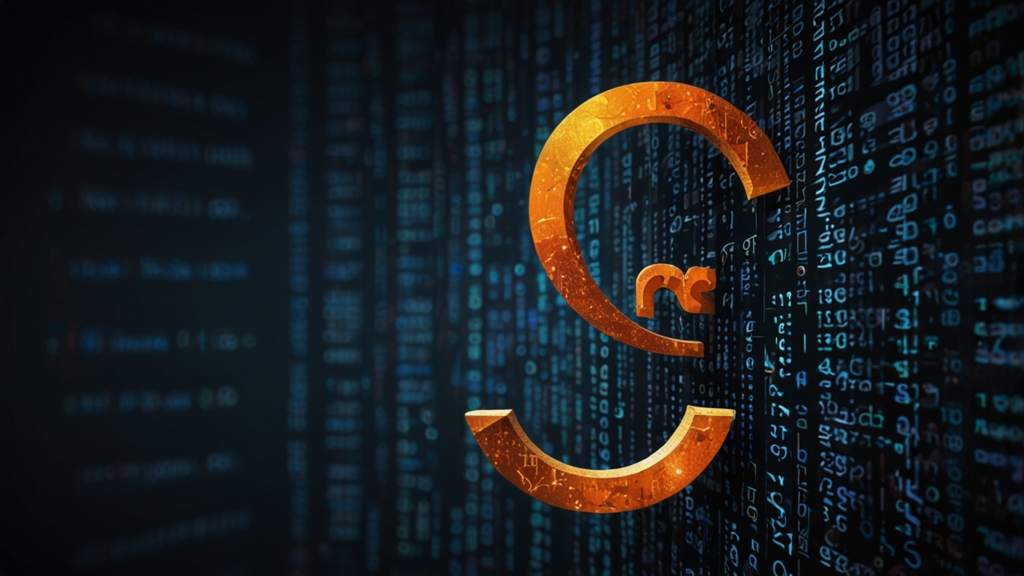The Silent Guardian: Cryptography's Role in National Security
In an era dominated by digital transactions, social media, and interconnected networks, the significance of keeping information secure has never been more paramount. Cryptography, once the realm of secretive code-breakers and wartime strategists, has emerged as a foundational pillar in safeguarding national security. This mathematical science, which turns readable data into unreadable codes, stands as an invisible barrier against those who seek to exploit vulnerabilities. It ensures the confidentiality, integrity, and authenticity of information, acting as a silent guardian in the digital age.
The Foundations of Cryptography
At its core, cryptography involves transforming data into a format that can only be understood by someone who possesses the correct decryption key. This process is achieved through algorithms that follow complex mathematical principles. These algorithms fall into two primary categories: symmetric-key and asymmetric-key cryptography.
In symmetric-key cryptography, the same key is used for both encryption and decryption. This method requires that both parties in the communication share the secret key, making its distribution a potential challenge. Asymmetric-key cryptography, on the other hand, utilizes a pair of keys – a public key for encryption and a private key for decryption. This setup allows for more secure communication channels, as the private key is never shared.
Protecting National Interests
Governments and military organizations rely heavily on cryptography to protect classified information and maintain secure channels of communication. From ensuring that top-secret reports remain confidential to safeguarding the integrity of military strategies, cryptography serves as a crucial tool in the defense arsenal. In recent years, national security agencies have enhanced their cryptographic protocols to thwart increasingly sophisticated cyber threats.
"Cryptography is a key component in the arsenal of national security measures. Without it, even the most powerful nations would find themselves vulnerable to cyber espionage and data breaches," remarked a senior cybersecurity analyst.
Combating Cyber Threats
The digital landscape is fraught with threats from malicious actors, ranging from individual hackers to state-sponsored cyber espionage groups. Cryptographic protections play an essential role in mitigating these threats. Encrypting sensitive data, ensuring secure transactions, and enabling secure remote access are just a few ways in which cryptography fortifies a nation's defense mechanisms against cyber intrusions.
Secure Communication Channels
For national leaders and military commanders, secure communication channels are indispensable. Encrypted communication systems ensure that instructions, intelligence, and negotiations remain confidential and cannot be intercepted by adversaries. Advanced cryptographic techniques allow for secure messaging and data transfer, preserving the integrity and confidentiality of critical information.
"In a global environment where information warfare is a reality, the ability to protect communication channels through robust cryptography is invaluable," emphasized a defense technology expert.
Civilian Applications with National Implications
While cryptography is often associated with military and government use, its civilian applications are equally significant to national security. Everyday activities like online banking, e-commerce, and secure communications between businesses rely on cryptographic methods to protect data. Breaches in these areas can have widespread repercussions, potentially destabilizing economic systems and eroding public trust.
"The lines between civilian and military use of cryptography are becoming increasingly blurred. National security now encompasses protecting the digital infrastructure that underpins both governmental and civilian functions," noted a cybersecurity policy advisor.
The Future of Cryptographic Security
Looking ahead, the field of cryptography continues to evolve to address emerging threats. Quantum computing, for example, poses both opportunities and challenges for cryptographic security. While quantum computers promise to break currently unbreakable codes, they also pave the way for quantum cryptography that could revolutionize data protection.
Efforts in research and development are focused on creating new cryptographic algorithms that can withstand quantum attacks. National security agencies are investing in these advancements to stay ahead of potential threats and ensure that they remain capable of protecting sensitive information in an ever-changing technological landscape.
Conclusion
In essence, cryptography stands as the silent guardian of national security, providing the means to protect sensitive information and secure communications against a myriad of threats. As the digital domain continues to expand, the role of cryptographic security will only become more vital. Through persistent innovation and vigilance, nations can ensure that their digital fortresses remain impregnable, shielding both governmental and civilian infrastructures from the constant barrage of cyber threats.










